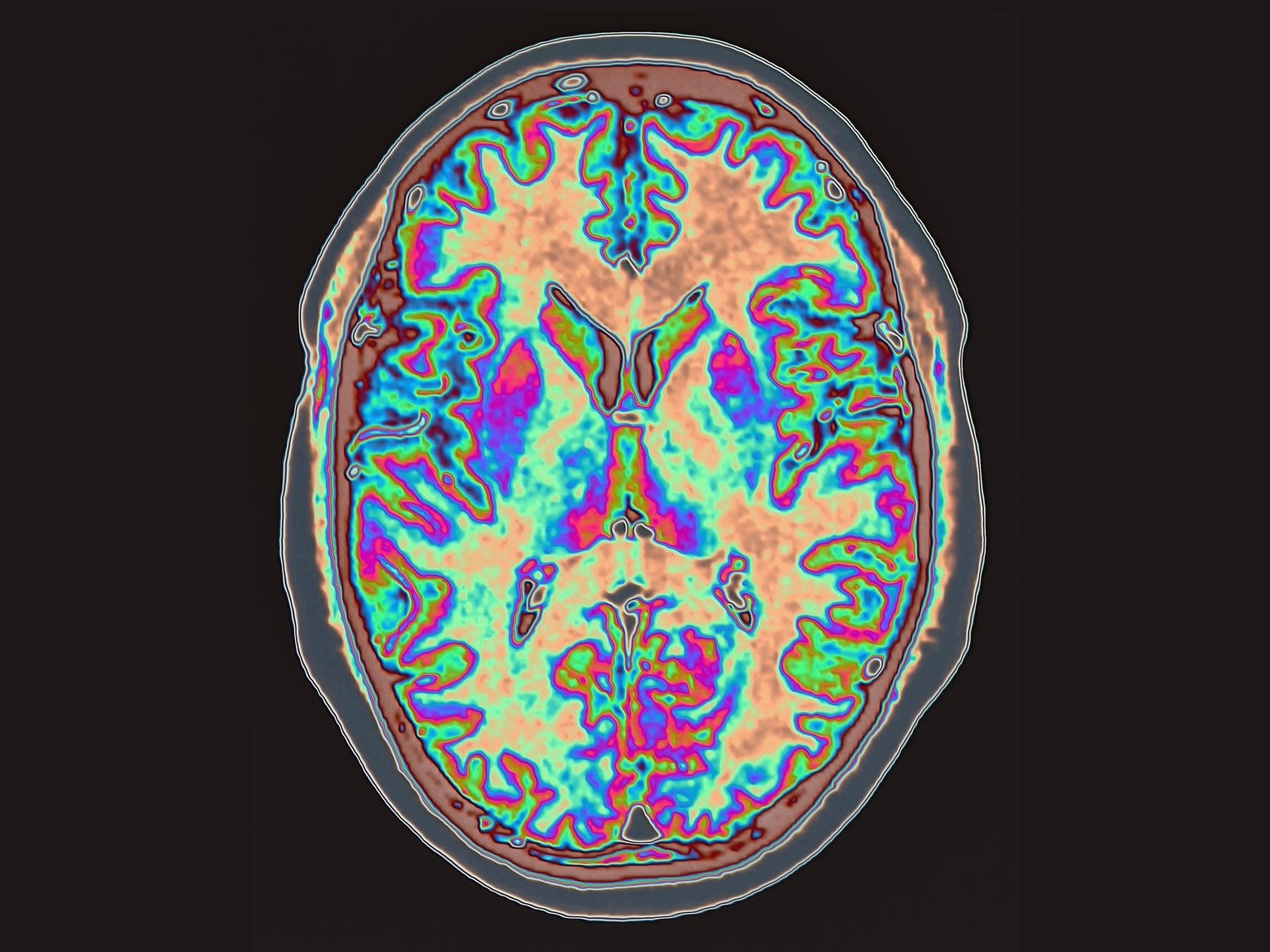The Independent's journalism is supported by our readers. When you purchase through links on our site, we may earn commission.
Scientists read brain waves to see what people picture in their mind’s eye
Technology could be used to help severely paralysed patients communicate

Scientists have figured out a way to decipher the pictures people see in their mind when they imagine something.
Working with patients with epilepsy who already had electrodes fitted in the brains, researchers from Osaka University in Japan used electrocorticogram technology to capture participant’s brain waves while they were thinking about an image.
Participants were instructed to look at an image while mentally picturing a completely separate image from various categories, such as a “landscape” or “human face”.
The electrocorticogram technique allowed the researchers to detect patterns of electrical activity in the brain in real-time during the experiment, which they then used to determine what the person was imagining rather than what they were looking at.
“Attention is known to modulate neural representations of perceived images,” said Ryohei Fukuma, who led the research. “However, we didn’t know whether imagining a different image could also change these representations.”
In testing this hypothesis, the scientists were able to generate a clear distinction between the imagined image and the viewed image with remarkable accuracy.
“The results clarified the relationship between brain activities when people look at images versus when they imagine them,” explained Takufumi Yanagisawa, a professor at the Institute of Advanced Co-Creation and neurosurgeon in the department of neurosurgery at Osaka University.
“The electrocorticogram readouts of the imagined images were distinct from those provoked by the actual images viewed by the patients. They could also be modified to be even more distinct when the patients received real-time feedback.”
The technology could potentially be used to develop a communication device for severely paralysed patients, the researchers said, such as sufferers of amyotrophic lateral sclerosis (ALS).
ALS patients currently use devices that rely on some form of motor control to communicate, meaning their ability to use it deteriorates over time.
The research was published in the journal Communications Biology.
Subscribe to Independent Premium to bookmark this article
Want to bookmark your favourite articles and stories to read or reference later? Start your Independent Premium subscription today.

Join our commenting forum
Join thought-provoking conversations, follow other Independent readers and see their replies